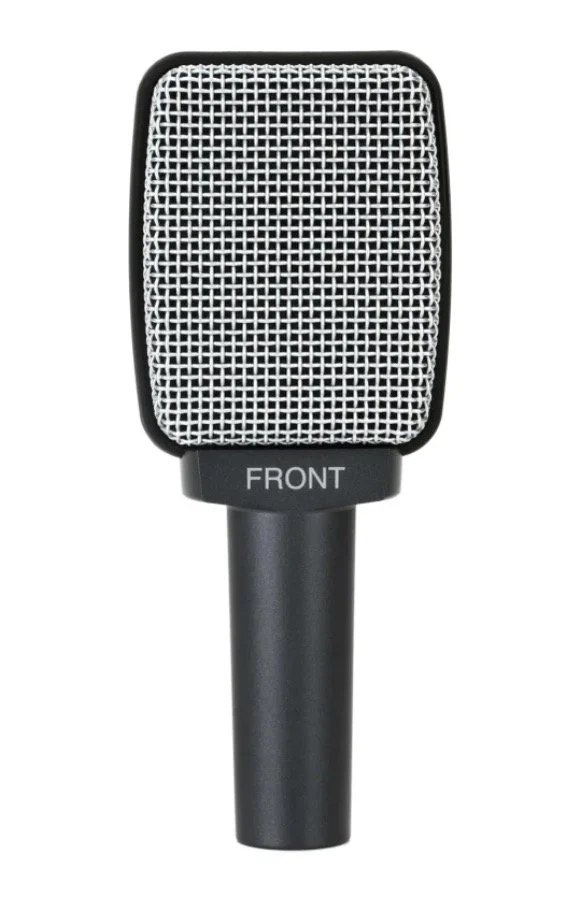Building a home music studio for under $750
Let’s build a home music studio for under $750!
We’ve got a slightly higher budget on this build, so we can go a bit more professional-sounding in our approach. We’re not going to be able to get into using proper studio speakers, unfortunately; even the most affordable studio monitors would break our budget, as those start at around $500/pair for anything that’s worth spending money on. So, we’ll need to stick to working on headphones only, for now.
My Home Studio Gear Guide is a comprehensive list of all my recommended choices for building out your home studio, all in one place. And, my complete series of home studio builds shows a variety of home studios built at different budget levels.
Design assumptions
I’ll assume that you already have some instruments lying around. There’s no speciality mics to be found here; just good-sounding, general-purpose options that are easy to use and work well on a wide variety of sound sources.
I’ll also assume that you already own a computer, and are familiar with some basic recording software.
Our final budget
Here’s the final gear list-we’re under budget by $16! I’ve swapped out the cheaper Focusrite interface from my under $550 build, with my preferred SSL 2+ interface.
Audio Interfaces
SSL 2+ MKII USB Audio Interface: $299
Monitoring
Audio-Technica ATH-M50x Closed-back Studio Monitoring Headphones: $149
Microphones
Sennheiser e835: $94
Sennheiser e609: $99
Cabling
Hosa MCL-110 10 foot XLR microphone cable x2: $34
Stands
Behringer MS2050-L Professional Tripod Microphone Stand: $19
Gator Frameworks GFW-MIC-0821 Compact-base Bass Drum and Amp Mic Stand: $40
Total: $734
Audio Interfaces
The SSL 2+ audio interface is a great deal by a trusted pro audio brand. It’s one of the best bangs for the buck in the audio interface market, in my opinion. You get some very high quality preamps with a lot of gain available, multiple outputs for upgrading to studio monitors later on, and individual duel headphone outputs for writing/recording with a friend.
SSL 2+ MKII USB Audio Interface ($299)
The SSL 2+ MkII audio interface.
The MKII version of this interface added a total of 4 line outputs on the back, which was a great upgrade. With this version, you can keep a pair of studio monitors plugged in and still have an additional two outputs for sending audio out to wherever you’d like. They also made some good common-sense upgrades to the location of certain inputs: both instrument and headphone inputs are now placed on the front of the interface, not the back.
Microphones
These two Sennheiser mics are my preferred choices for budget-priced but still great-sounding everyday mics, ones that can be used interchangeably across many different home recording situations. The Sennheiser e835 is optimized for live vocals, but can also handle being used as an instrument mic. The e609 is an instrument mic optimized for live-sound recording of guitar amplifiers, but will also work well at recording a wide variety of other instruments, both acoustic and electric.
Sennheiser e835 ($94)
The Sennheiser e835 microphone.
Sennheiser e609 ($99)
The Sennheiser e609 microphone.
Cables
For this build, we’re sticking with the budget Hosa brand cable: good enough for the home setting when bought new. They should last a long time if you take care of them: always coil them properly, make sure their end connectors are supported and not taking the brunt of the cable weight, and try to avoid crushing them or running desk chairs over them as much as possible.
Hosa MCL-110 10 foot XLR microphone cable ($17 x 2 =$34.00)
10 foot XLR microphone cables.
Mic stands
As with my under $550 build, we’re focusing on price over quality for our mic stands, and choosing one traditional boom stand, plus one shortie stand for maximum flexibility in our recording setup.
Behringer MS2050-L Professional Tripod Microphone Stand ($19)
Standard height boom microphone stand.
Gator Frameworks GFW-MIC-0821 Compact-base Bass Drum and Amp Mic Stand ($40)
Gator Frameworks short microphone stand.
Despite the low price, this is a solidly constructed shortie stand that has a lot of versatility due to its weighted base. It would work great for micing amps, kick drum, or even as a desktop stand for something like a podcast.
Conclusions
And that’s it! A high-quality, very nice sounding home writing setup with a lot of bang for the buck, that’s easy to grow into over several years. For a comprehensive resource showing all of my recommended gear for setting up your home studio, check out my Home Studio Gear Guide.






